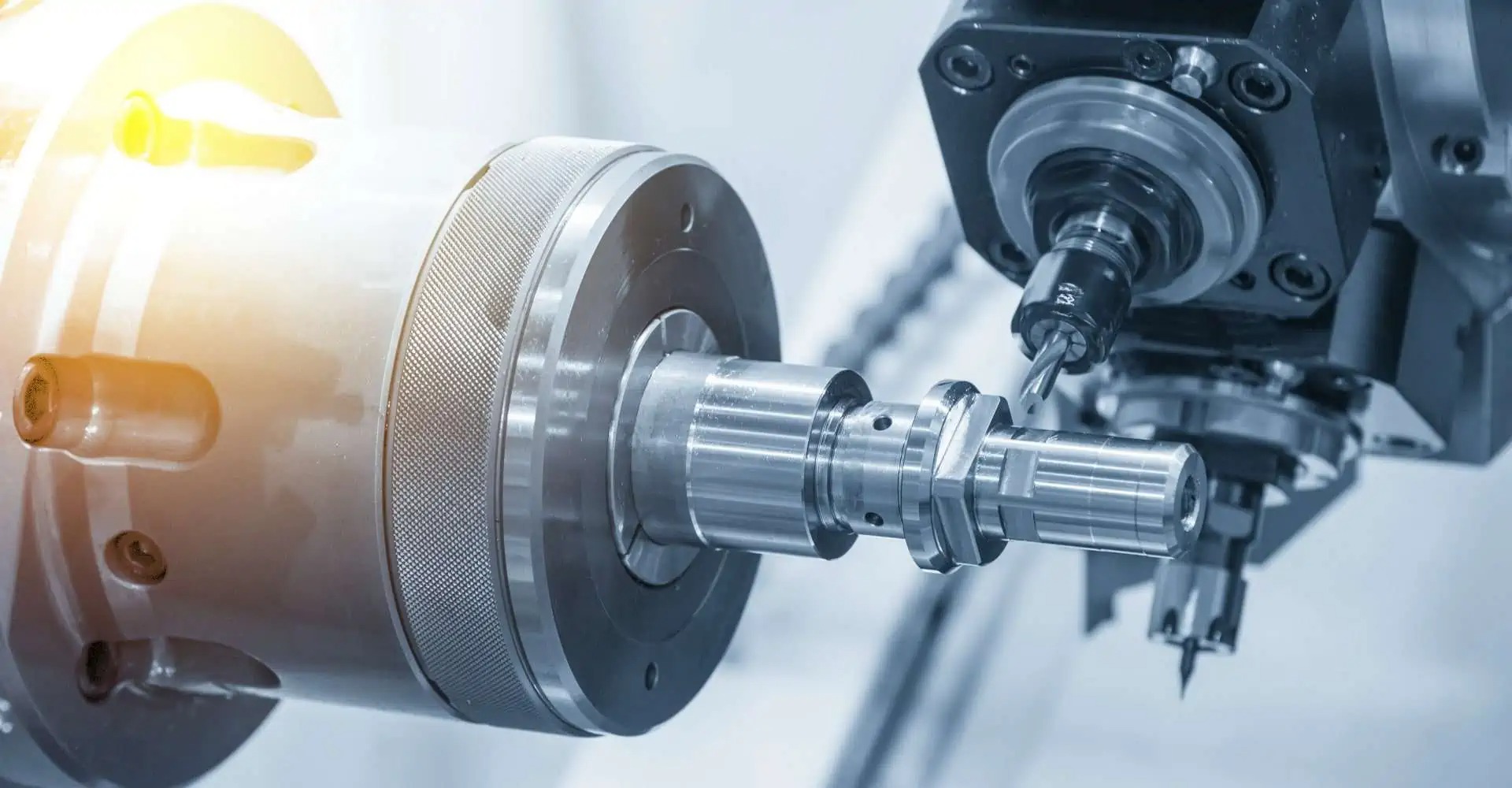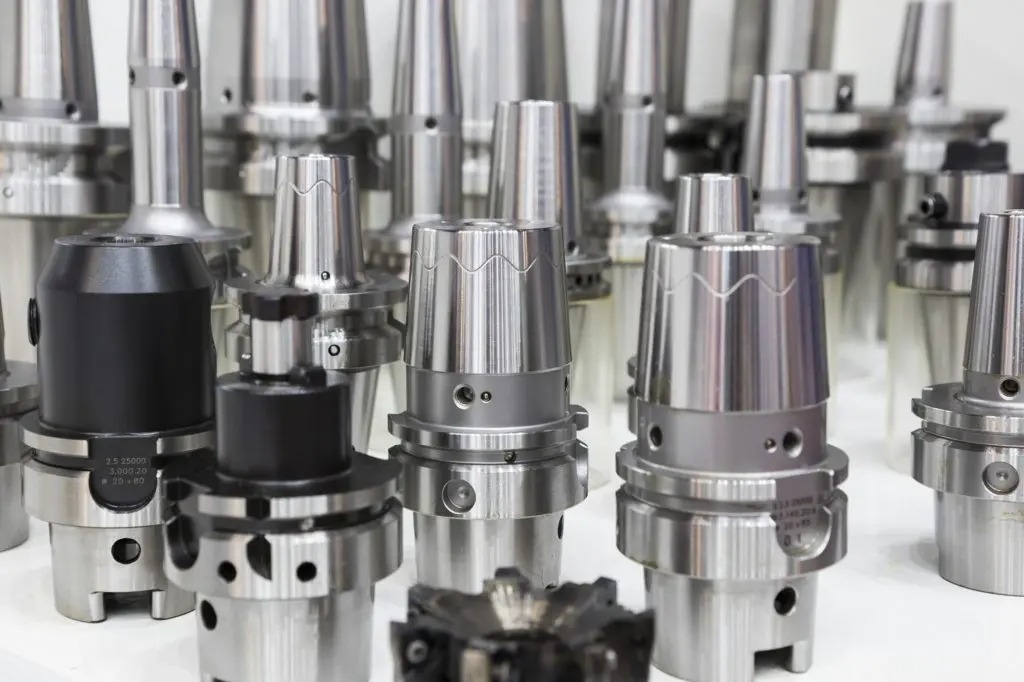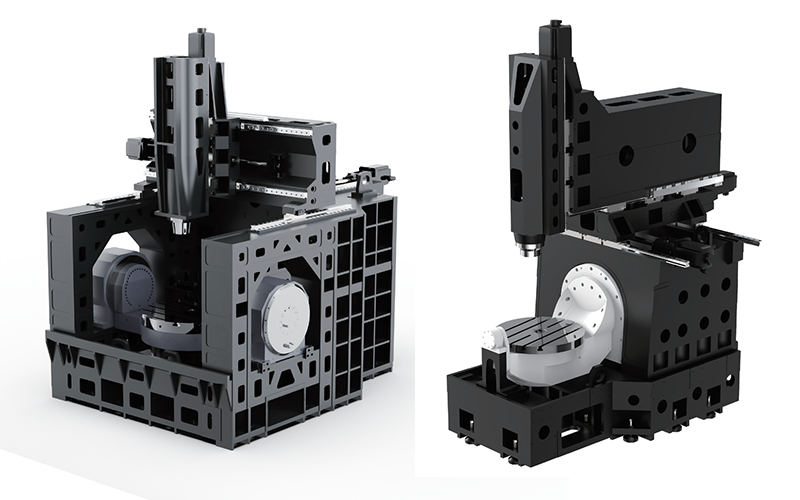High-precision milling plays an important role in modern manufacturing, where tight tolerances and consistent quality are required. Industries such as aerospace, medical devices, automotive parts, and mold manufacturing depend on precision machining to meet strict performance standards. Compared with standard CNC milling, high-precision milling focuses on micron-level accuracy, stable repeatability, and superior surface finishing. Achieving this requires a rigid CNC machine structure, reliable motion control, high-quality tooling, and optimized machining strategies.
As products become more complex and performance-driven, precision milling helps manufacturers improve efficiency, reduce defects, and maintain competitive quality in global production.
High-precision milling is a machining process designed to produce parts with extremely tight dimensional accuracy, typically within ±3–6 μm (±0.003–0.006 mm) depending on material, tooling, and application requirements. This level of precision ensures stable tolerances, excellent repeatability, and high-quality surface finishes, especially when machining complex shapes or critical functional surfaces.
Compared with conventional CNC milling, high-precision milling requires enhanced machine rigidity, thermal stability, precise motion control, and optimized cutting parameters. It is commonly used in industries such as mold manufacturing, aerospace, medical devices, automotive components, and precision engineering, where even minor deviations can affect performance, fitment, or product life cycle.

High-precision milling requires a CNC system designed to maintain accuracy, stability, and repeatability throughout the machining process. The following core elements are essential to achieving micron-level tolerances.
A heavy-duty cast-iron machine frame provides the foundation for precision machining. The rib-reinforced internal design increases rigidity and minimises structural deformation during heavy cutting. With strong vibration-damping capability, the machine can maintain stability and deliver consistent accuracy, even in long machining cycles.
Precision linear guideways ensure smooth, repeatable axis movement, while high-accuracy ball screws help maintain positioning precision and minimise backlash. Direct servo motor coupling improves motion responsiveness and eliminates error accumulation, supporting stable and accurate toolpaths required for high-precision milling.
A high-speed, thermally stable spindle ensures smooth tool rotation and consistent cutting conditions. Tool interface systems such as BT, BBT, or HSK provide improved rigidity and runout control. With closed-loop feedback and thermal compensation, the CNC control system maintains accuracy during continuous or high-speed machining.
Tooling and workholding are critical factors in achieving high-precision milling. Even with an advanced CNC machine, poor tool selection or unstable fixturing can lead to vibration, size deviation, chatter marks, and inconsistent surface finishing. Precision machining depends on combining the right cutting tools, optimal toolholding systems, and a stable, repeatable clamping strategy.
Solid carbide end mills are widely used in precision milling because of their rigidity and wear resistance. Depending on material and finishing requirements, PCD, CBN, coated carbide, or diamond-coated tools may be selected to improve cutting stability, reduce heat, and extend tool life. Tool geometry—such as flute shape, helix angle, and corner radius—also influences chip evacuation and machining quality. Choosing the correct tool type ensures stable engagement and predictable performance during high-precision finishing.

The accuracy of the toolholder directly affects runout, vibration, and tool wear. Shrink-fit and hydraulic holders are preferred for precision applications because they typically achieve ≤2–3 μm runout, supporting smoother cutting and finer surface finishing. Tool balancing is equally important at high spindle speeds, helping prevent chatter and improve dimensional repeatability.

A rigid, repeatable clamping system ensures the workpiece remains stable throughout machining. Precision vises, zero-point clamping systems, and modular fixtures allow rapid positioning while maintaining accuracy. For thin-wall or delicate components, vacuum fixtures or soft jaws help avoid deformation. The objective is to securely hold the workpiece while minimizing stress and maintaining consistent geometric alignment.
Using a light step-over and maintaining a controlled chip load helps reduce cutting forces and tool deflection. This strategy improves stability during finishing and supports consistent dimensional accuracy, especially on detailed surfaces.
High-speed machining allows smoother motion with lower cutting pressure. Higher spindle speeds combined with lighter cuts help achieve better surface finishes and reduce heat buildup, improving both accuracy and tool life.
Adaptive toolpaths maintain constant tool engagement and minimize sudden changes in direction. This approach reduces vibration, improves predictability during machining, and helps maintain tolerance stability on complex shapes or multi-surface features.
Roughing focuses on efficient material removal, while finishing uses optimized parameters to achieve final dimensions. Separating the two stages helps stabilize the part, reduce stress, and ensure high repeatability and fine surface quality.
| Material | Characteristics | Precision Milling Considerations |
| Aluminum | Lightweight, good machinability, fast cutting response | Use high spindle speeds, sharp carbide or PCD tooling, and ensure smooth chip evacuation to avoid built-up edge and maintain surface finish. |
| Stainless Steel | Higher hardness and heat generation during cutting | Coated carbide tooling, controlled feed rates, and stable coolant flow help reduce thermal deformation and maintain tolerance stability. |
| Titanium | Strong, low thermal conductivity, easily produces vibration | Requires rigid toolholding, lower cutting speeds, consistent chip load, and heat-controlled cutting strategies to prevent tool wear and deformation. |
| Hardened Steel | Used for molds and precision tooling, high strength | Finishing often requires CBN or ceramic tools, light finishing passes, and accurate spindle control to achieve fine surface finish and consistent tolerances. |
Precision milling is widely used in mold and die production where fine details, smooth surfaces, and tight tolerances are required. Stable machining strategies and accurate finishing allow molds to meet dimensional standards and reduce post-processing such as polishing or manual adjustment.
Aerospace parts often require complex geometries and high accuracy to ensure safety and performance. High-precision milling supports consistent tolerances, lightweight structures, and reliable fitment for turbine components, brackets, housings, and structural parts.
Medical components such as implants, surgical tools, and dental prosthetics require consistent repeatability and strict dimensional accuracy. High-precision milling enables the reliable production of complex shapes while maintaining surface quality suitable for medical applications.
In automotive and precision engineering, high-precision milling ensures accurate production of engine parts, transmission components, and high-performance mechanical assemblies. Reliable accuracy supports functionality, interchangeability, and mass-production consistency.

Vibration and chatter are common issues in precision milling and can lead to dimensional inaccuracy, poor surface finish, and shortened tool life. Causes may include weak fixturing, long tool overhang, tool imbalance, or improper cutting parameters. Solutions include using rigid tool holding systems, shorter tool lengths, balanced tooling for high-speed rotation, and optimizing feed rate and spindle speed. Adjusting step-over values and using smoother toolpaths also helps maintain cutting stability during finishing operations.
Tool wear or excessive runout can negatively impact part tolerance, geometry accuracy, and surface finish. Factors such as material hardness, improper cutting speed, insufficient lubrication, or low-quality toolholders accelerate wear. To minimize these issues, high-performance carbide or coated tools should be used, along with shrink-fit or hydraulic holders to maintain runout within specification. Regular tool monitoring, presetting, and scheduled replacement help ensure stable and repeatable cutting quality.
Temperature changes during long machining cycles can cause thermal deformation in both the workpiece and machine components. This may result in tolerance drift or inconsistent dimensions across the batch. Solutions include using machines with thermal compensation systems, applying proper coolant flow, and ensuring stable workshop temperature. Warm-up cycles before machining and incremental finishing also help maintain dimensional stability when machining precision parts.
Thin-wall components or materials with poor stiffness may deform under cutting pressure. This can result in poor accuracy, waviness, or inconsistent finishing. Using optimized machining forces, lower cutting depths, and steady chip load helps minimize distortion. Workholding also plays an important role — soft jaws, additional support points, vacuum fixtures, or custom clamping solutions can prevent micro-movement and maintain geometry accuracy during final finishing passes.
5-axis trunnion machining centers are ideal for precision parts with multiple surfaces, angled features, or complex contours. The trunnion structure enables simultaneous multi-axis movement, reducing setups and improving geometric accuracy. With stable rigidity, short tool lengths, and smooth motion control, these machines help achieve tighter tolerances and better surface finishing on high-value components.

High-speed vertical machining centers are well-suited for precision finishing, mold components, and small-to-medium-sized parts. Their compact structure and high spindle speeds support smooth cutting performance and reduced cutting pressure. With precise motion control and thermal stability features, these machines maintain repeatability and achieve fine surface quality in precision applications.
Bridge-type or gantry CNC machines offer strong structural rigidity and large work envelopes, making them suitable for molds, dies, and large precision parts. Their stable frame design minimizes deformation during machining, especially in heavy cutting or long cycles. With advanced drive systems and positioning accuracy, these machines provide reliable performance in applications requiring high accuracy across large surface areas.
How accurate can high-precision milling be?
High-precision milling can typically maintain tolerances within ±0.003–0.01 mm, depending on the material, tooling, and machine configuration. Factors such as thermal stability, spindle condition, and tool runout also affect the final accuracy.
Does tool runout really affect precision machining?
Yes. Even 3–5 μm of runout can affect finishing quality, tolerance consistency, and tool life. Using shrink-fit or hydraulic toolholders helps maintain low runout and improves stability during high-precision finishing.
Why does thermal control matter in precision machining?
Heat generated during cutting can cause thermal expansion in the machine and the workpiece, resulting in dimensional drift. Coolant stability, warm-up routines, and thermal compensation help maintain accuracy in long machining cycles.
Do I always need a 5-axis machine for precision work?
Not necessarily. A 3-axis or 4-axis machine may achieve precise results for simple geometries. However, 5-axis machining improves accuracy when reducing multiple setups or machining complex surface transitions.
Why separate roughing and finishing operations in precision milling?
Roughing may introduce internal stress, heat, or minor deformation. A dedicated finishing pass with optimized parameters ensures final accuracy, consistent tolerances, and a better surface finish.
High-precision milling plays an important role in modern manufacturing, where accuracy, repeatability, and stable surface quality are required. With the right machine configuration, tooling systems, machining strategies, and process control, manufacturers can achieve consistent tolerances and high production reliability across different industries and materials.
As demand for complex, high-value components continues to grow, investing in precision machining capabilities has become essential for improving efficiency and meeting strict quality requirements.
If you are looking to upgrade machining performance or select the right CNC solution for precision applications, our team can provide support and tailored recommendations.